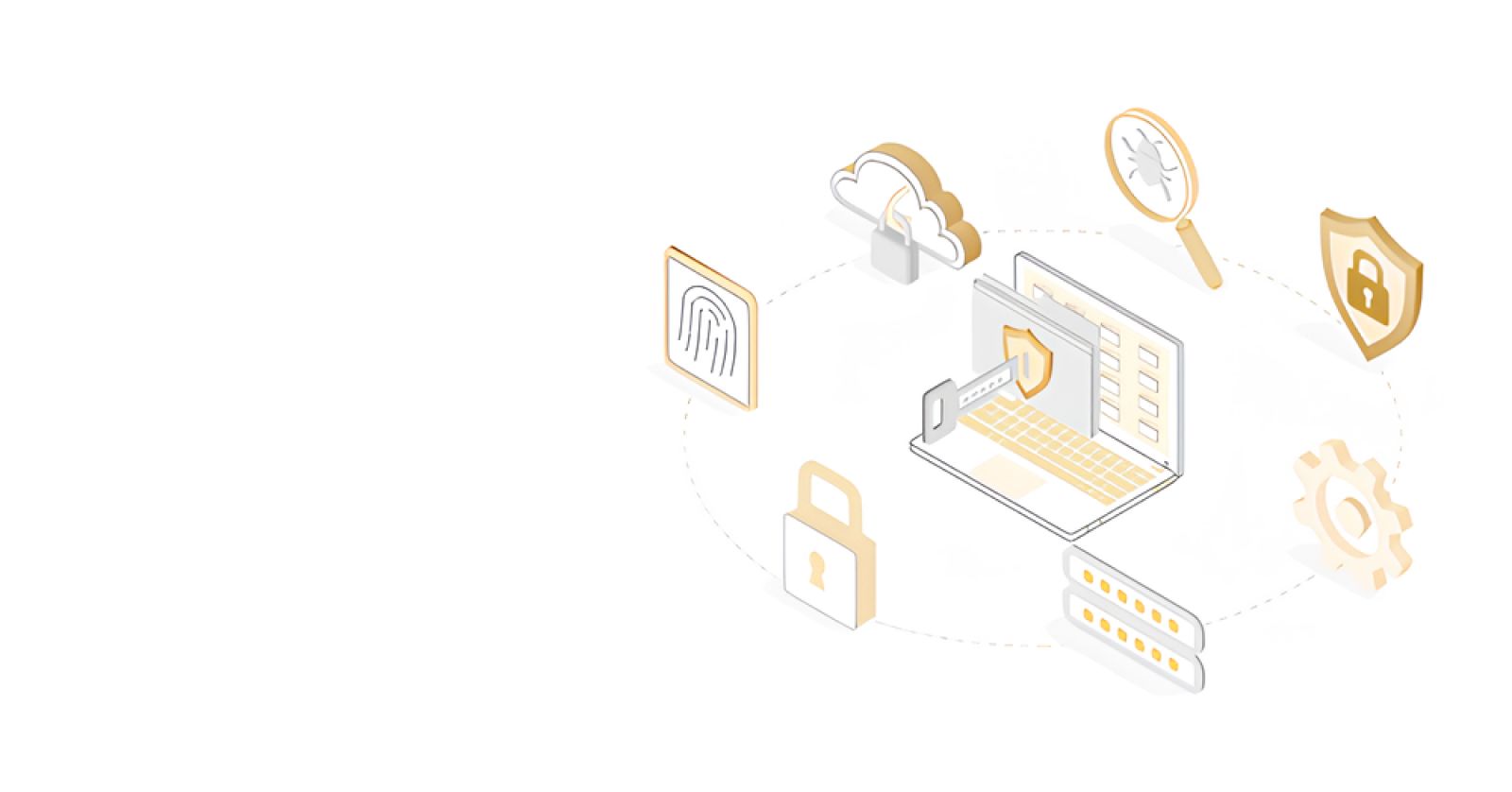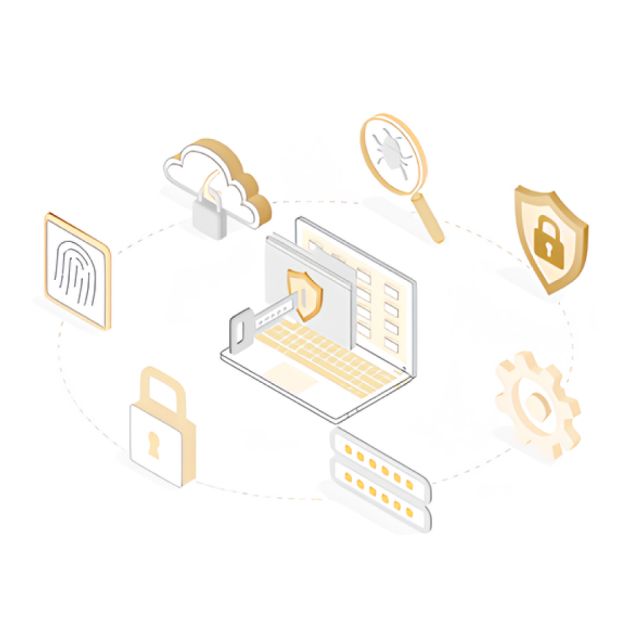Plan for Security Resilience

Plan for Security Resilience

Plan for Security Resilience
Sun Tzu once said, “Every battle is won before it is fought.” Well, not in the real sense, but we, the network guardians of our industry, have been planning, executing, and striving to achieve resilient networks to sustain this challenging market by not only to run our businesses smoothly without any interruptions but also to technically safeguard our enterprises in the event of a sophisticated cyber-attack. If we succeed in this - we have won the war.
This article factors in two vast topics that have been in argument within most of the organizations so far, i.e., as a security expert - how do I design a resilient network and at the same time as a business executive - how do I overcome security issues to run the business smoothly. In the end, it elaborates on how to answer these challenges in the real world for a Future-Proof Enterprise.
What is a Resilient Network?
Resilience is defined as the ability to recover from a setback or in the event of a network meltdown. In technical terms, a network design that can withstand a partial or an entire network outage is known as a “resilient network.” However, it is easy to switch over to a backup network manually, but the vital aspect here is can the same failover happen automatically? Let’s uncover a few challenges and techniques to achieve this much-needed automation.
Challenges to Designing a Resilient Network?
Network Maintenance: Every ticketing tool in most enterprises worldwide is undoubtedly screaming with a plethora of network failure tickets. The reality is that the network will fail - routers, switches, firewalls, cables, and even a UPS. Every network component demands maintenance. This is by far the biggest challenge to strive towards a seamless, sustainable network design.
Networked Systems: The next hurdle is to understand how the network and systems are grouped to operate together successfully. Organizations fail to understand that they cannot work effectively in silos. From an engineering standpoint, a lack of transparency between network layers can lead to a colossal architecture breakdown.
Unknown Critical Infrastructure: In today’s world of the ever-expanding attack surface, organizations need to understand what their critical infrastructure includes. However, unless companies know what to protect and what is critical enough for their business to run, this trait will always be a challenge for enterprises to comprehend what part of their infrastructure must be resilient.
Narrow Mindset: It is observed that a plethora of companies go down due to a non-resilient network because they believe that it is impossible to take down their whole organization at once. With such a narrow mindset, firms do not invite new skills or even train their current staff to make them capable enough to build a resilient network. Unless organizations adapt to a broader mindset by focusing on the bigger picture, the mindset will always be a hurdle for achieving a full-blown resilient network.
Budget Constraints: There is no budget allotted to the infrastructure department. I’m sure executives and CISO’s worldwide are pretty much used to hearing this cliched statement every year. It is high time the senior business executives and board members understand that the infrastructure is the foundation of their business that must be upgraded and polished just like their client base. If the clientele is the fuel, the infrastructure is the machine that runs their business.
Instigators that Demand a Resilient Network
Enterprises have already exploded en route to achieve successful digital transformation, thanks to the 2020 pandemic that instigated business stakes throughout the planet. Swiveling promptly around the critical business challenges to overcome, such as: bringing up a central platform for remote workers, delivering the same business online with minimum or zero downtime, and of course, selecting the right toolsets were everyone’s prime focus. However, network connectivity and availability become the number one challenge for organizations that never expected this culture shock. Undoubtedly, businesses have broadened their mindset and plan to future-proof their footprints in the new digital world. As a result, companies are now building robust digital infrastructure and enterprise connectivity solutions to scale their business even in the emerging digital age of technology.
Let’s look at some of the vital industrial instigators that have demanded seamless network resiliency:
Remote Work Culture: Employers were forced to let their employees work remotely from anywhere. This led to networks being more inclined towards SD-WAN technology to control security and maintain network resiliency without overwhelming a specific network. Since the remote workforce is here to stay, the paradigm shift to float networks to the cloud is widely accepted by IT managers in most organizations.
Hybrid Network Model: With the expansion of mobile and SaaS-based solutions, organizations transform their network architectures to focus more on a hybrid cloud setup.
Data Storage: With the proliferation of cloud solutions, data storage is another instigator that demands full network resilience and a broad scope to scale the data storage devices at any point in time. Therefore, workload optimization naturally becomes one of the key vectors to consider while adopting an improvised cloud-based architecture.
How to Design a Resilient Network?
The only way organizations can swarm up these key challenges is by addressing them. A network strategy is essential. Followed by a rationalized process and eventually budgeting them to make them work for you in the real world. The loss due to a network outage or downtime consistently exceeds the profits made with a network uptime. COVID was just another reason for firms to release the dependence on network nodes and zero-latency stipulations. Furthermore, companies that detest and delay such rationalization will eventually struggle to stay operational and sustain in this tight business market.
With that said, let us look at some key elements to design a mature, resilient network:
Align Multiple Network Providers: The most reliable data centers are designed with multiple service providers to reduce pressure over a single network provider, commonly denoted as a single-point-of-failure. Therefore, businesses should eye for multiple service providers that support a range of choices and services to balance reliability and cost-efficient network infrastructure.
Hybrid Data Center Setup: Most companies worldwide have adopted a hybrid and colocation type of data centre set up to meet their goals to achieve digital transformation. Azure, AWS, and Google only open doors to such organizations to further enhance connectivity options by offering various solutions. Such data center hosting services with cloud platforms also offer workload security and optimization colocation efficient workloads.
Availability and Backup: Maintaining a 99.99% uptime has become a basic necessity for most businesses. However, this cannot be achieved with a pure on-premise network architecture setup for sure. To achieve that uptime score, data centers require actual network performance and solid cooling techniques to keep the infrastructure cool at the same time. In addition, blending multiple ISPs can provide extensive availability and reliability prospects than ever.
This article explained some of the most pressing challenges to providing a good network resiliency, such as traffic trends, virtualization, budget constraints, layered technology, and multi-network architecture with ultra-high availability. Regardless of the exact approach, it is imperative to mature a business prospect that addresses all the challenges within each organization that impacts their businesses in some way or the other. This business case must emphasize both by focusing on critical infrastructure elements and analyzing key business consequences. Enterprises must also focus on critical business issues and prioritize potential network problems to avoid hampering their daily business uptime. Therefore, it is pretty evident that we have entered an entirely different business phase where our focus must be on integration, scalability, reliability, availability, and a modern IT framework.